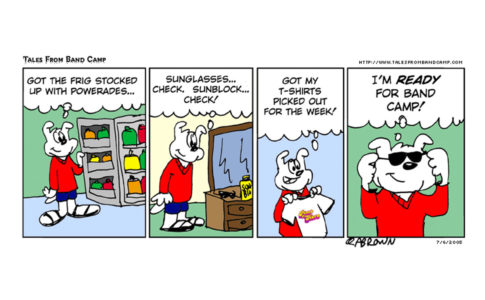We are at the point in field season where the counts that were once a foundation of choreography must now be enhanced to take the next step toward maximizing performance. This step is called “musicality.”
Counts
We learn by counts in an effort to be precise. They help us understand the musical structure as well as give us the ability to control and maneuver our bodies and equipment together as a guard. Counting is the only way in which to begin the process of learning and owning choreography.
Musicality
As the season progresses, counting while performing through the musical phrase is simply not enough to ensure success because the counted beat only contains a portion of the total rhythm. What happens between the counts is where musicality is explored and accomplished. Performers fill the spaces between the counts with energy and expression.
Musicality also consists of creating dynamics in your performance. Dynamic moments are something that your staff should be defining for the entire guard. It is unwise for every individual on a guard to arbitrarily place their own dynamics within a tune; this only creates a mishmash of performance confusion. Dynamics allow the audience to experience crescendos or decrescendos that are very much a part of the musical experience. Without these built into performance, the choreography will begin to have sameness to it. Consider that each tune in a field show is chosen to inspire mood and diversity. In guard, we achieve this in part by virtue of equipment/color changes. But the accomplished guard also explores diversity through enhanced musicality.
Lastly, being musical requires thinking, feeling and hearing every tiny detail of a tune. This takes some time and doesn’t happen within the confines of a rehearsal. It will require you living, breathing and being your field show music! The best way to become in synch with the music is to listen to it before you go to bed. As the last thing you hear, it sinks into your thoughts overnight.
The audience hears the music, and their eyes see you being that music. Dance is the music made visible.
About the Author
Chris Casteel has been involved in the color guard activity since 1981 as a performer and an instructor. She has a master’s degree in education. She has instructed several medaling guards for the Winter Guard Association of Southern California (WGASC). Currently, Chris is an adjudicator for the Southern California School Band and Orchestra Association and the WGASC as well as a guest adjudicator for many other circuits. She also holds the position of education coordinator for the WGASC.


